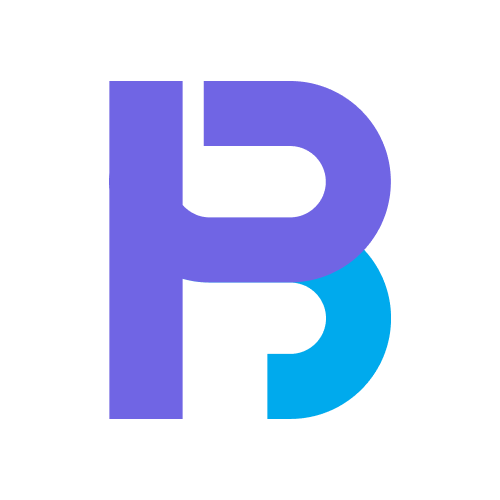In today’s digital era, users expect a consistent and smooth experience as they navigate across different platforms. Picture this: It’s a lazy Sunday afternoon, and you’re leisurely browsing the web on your laptop, looking for some shopping inspiration. Suddenly, you come across a stunning pair of shoes that catches your eye. However, before you can […]
As the amount of content on websites and web applications grows, it becomes increasingly difficult to maintain a clear and organized structure. This is where content audit and content inventory come in as important components of information architecture. While these two terms are often used interchangeably, they actually refer to distinct processes that serve different […]
In today’s digital age, the world is moving towards more and more advanced technology. As a result, people are increasingly using digital products, such as apps, websites, and software, to accomplish their goals. However, getting people to use digital products is not always an easy task. Motivating people to use digital products requires understanding human […]
We all know the usability of any type of product, whether it’s digital or physical, is very important and it is essential that designers pay close attention to it to ensure that their designs are well received by users. The usability of a system is determined by the extent to which it is efficient, effective, […]
Goal-Directed Design is a user-centered design process that combines various techniques such as ethnography, stakeholder interviews, market research, user modeling, scenario-based design, and interaction principles and patterns to create digital products that meet the needs and goals of users. The process not only addresses the needs of users but also takes into consideration the business […]
A well-designed product that provides an exceptional user experience (UX) is what sets successful companies apart from the rest. In today’s fast-paced and highly competitive digital landscape, consumers are bombarded with an endless array of products and services. The challenge for companies is to create a product that not only meets the needs of their […]
Creativity is a fundamental aspect of human behavior that enables us to think beyond the boundaries of conventional wisdom and produce new and innovative ideas. It is the fuel that drives progress and innovation in every field, from the arts to science and technology. In the field of user experience (UX) design, creativity plays a […]
Information architecture (IA) refers to the process of organizing and structuring information to make it more accessible, usable, and understandable to users. The goal of IA is to create a structure that makes it easy for users to find what they need, understand it, and take action. IA is a crucial step in the design […]
Freytag’s Pyramid is a storytelling technique that outlines the structure of a narrative and has been used for centuries in literature and theater. The structure comprises five parts: Exposition, Rising Action, Climax, Falling Action, and Resolution. In recent years, Freytag’s Pyramid has been adapted and applied to the field of UX design and digital product […]
Effective communication is a critical aspect of the UX design process that every designer should be aware of, mainly when working with stakeholders. It is essential to know how to express confidence, show respect, communicate your main point, and achieve your desired result in design review meetings to ensure your designs are well-received and your […]










